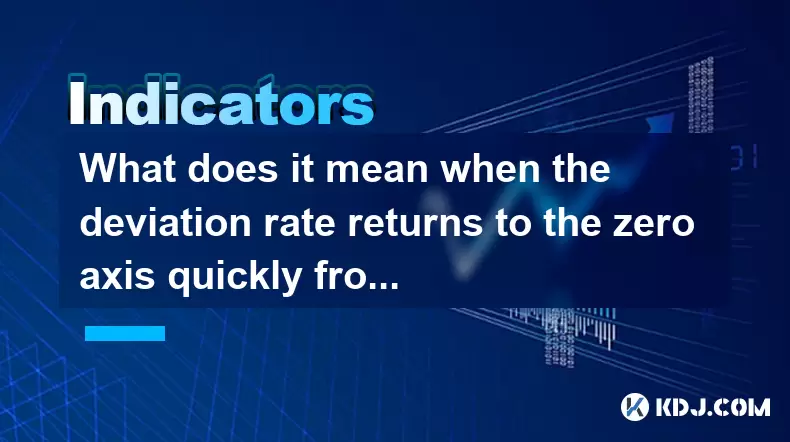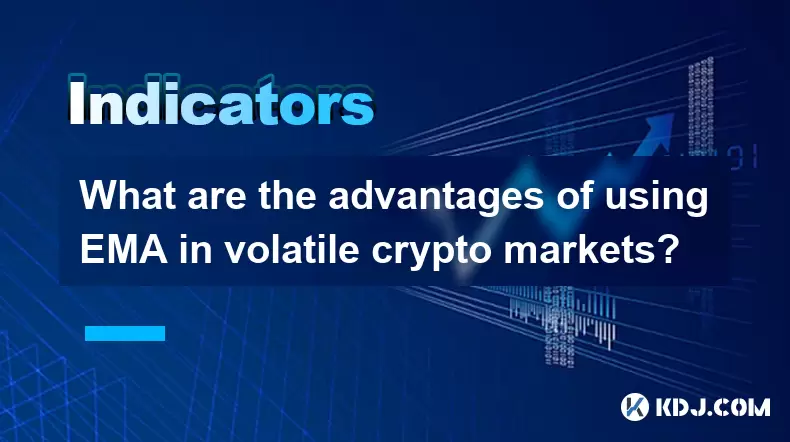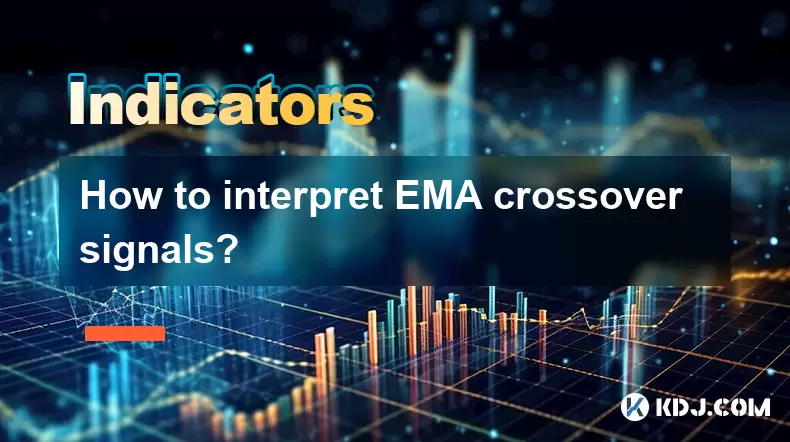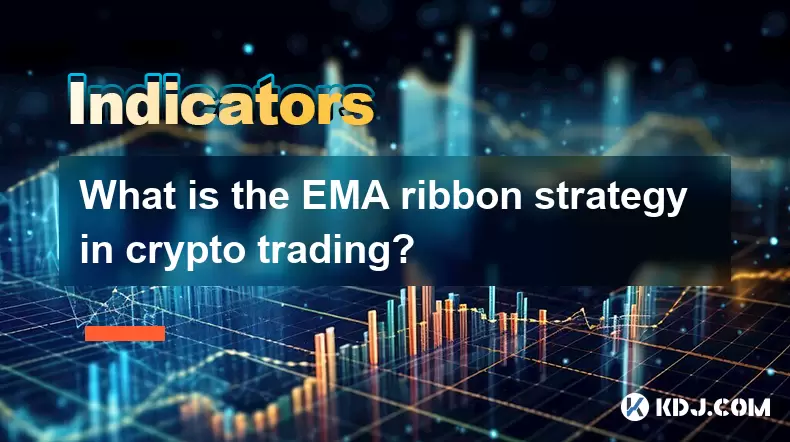-
 Bitcoin
Bitcoin $118300
-0.58% -
 Ethereum
Ethereum $3825
0.11% -
 XRP
XRP $3.137
-0.71% -
 Tether USDt
Tether USDt $0.9999
-0.01% -
 BNB
BNB $803.9
-3.37% -
 Solana
Solana $181.5
-1.94% -
 USDC
USDC $0.9999
0.01% -
 Dogecoin
Dogecoin $0.2238
-2.51% -
 TRON
TRON $0.3358
2.12% -
 Cardano
Cardano $0.7844
-2.16% -
 Hyperliquid
Hyperliquid $43.31
-1.48% -
 Sui
Sui $3.807
-4.04% -
 Stellar
Stellar $0.4203
-1.96% -
 Chainlink
Chainlink $17.79
-3.00% -
 Bitcoin Cash
Bitcoin Cash $567.8
-1.34% -
 Hedera
Hedera $0.2614
-4.30% -
 Avalanche
Avalanche $24.19
-4.46% -
 Litecoin
Litecoin $109.2
-0.74% -
 UNUS SED LEO
UNUS SED LEO $8.969
-0.01% -
 Toncoin
Toncoin $3.404
3.97% -
 Ethena USDe
Ethena USDe $1.001
-0.01% -
 Shiba Inu
Shiba Inu $0.00001307
-3.19% -
 Uniswap
Uniswap $10.33
-1.23% -
 Polkadot
Polkadot $3.884
-4.06% -
 Monero
Monero $312.9
-1.87% -
 Dai
Dai $1.000
0.01% -
 Bitget Token
Bitget Token $4.537
-2.24% -
 Pepe
Pepe $0.00001156
-3.40% -
 Cronos
Cronos $0.1437
-0.89% -
 Aave
Aave $282.8
-2.77%
What does it mean when the deviation rate returns to the zero axis quickly from a low level?
A rapid return of the deviation rate to zero from a deep negative level signals strong buying pressure and potential bullish reversal in crypto markets.
Jul 29, 2025 at 12:22 pm

Understanding the Deviation Rate in Cryptocurrency Technical Analysis
The deviation rate is a technical indicator commonly used in cryptocurrency trading to measure the distance between a cryptocurrency’s current price and its moving average, expressed as a percentage. This metric helps traders identify overbought or oversold conditions in the market. When the price of a digital asset moves significantly away from its moving average—either upward or downward—the deviation rate reflects this divergence. A negative deviation rate indicates that the current price is below the moving average, often signaling oversold conditions, especially when the value reaches extreme lows.
In the context of crypto markets, which are highly volatile, the deviation rate can swing dramatically within short periods. Traders monitor this indicator closely because rapid changes can signal potential reversals or continuations in price trends. When the deviation rate returns to the zero axis quickly from a low level, it suggests that the price has rebounded sharply from a position below the moving average and is now aligning with it. This movement often reflects a swift correction or recovery in market sentiment.
Interpreting a Rapid Return to the Zero Axis
A fast recovery of the deviation rate from a deeply negative zone back toward zero implies strong buying pressure has entered the market. This could be due to several factors, such as positive news, a breakout from a support level, or institutional accumulation. The speed of the return is critical: a quick ascent suggests urgency among buyers and reduced selling pressure. When the deviation rate crosses back through the zero line, it may indicate that the bearish momentum has been neutralized and that the short-term trend is shifting toward bullishness.
This phenomenon is especially significant when it occurs after a prolonged downtrend or a sharp sell-off. For example, if Bitcoin drops rapidly due to macroeconomic concerns, pushing the deviation rate to -15%, and then recovers within hours to bring the deviation rate back to zero, it signals that sellers have lost control and buyers are stepping in aggressively. Such a move can be a precursor to a sustained upward movement, particularly if confirmed by volume and other technical indicators.
How to Calculate and Monitor the Deviation Rate
To calculate the deviation rate, use the following formula:
- Deviation Rate = [(Current Price - Moving Average) / Moving Average] × 100
Most traders use a 20-day or 50-day simple moving average (SMA) for this calculation. Here’s how to set it up on a trading platform like TradingView:
- Open the chart of the cryptocurrency you’re analyzing (e.g., Ethereum).
- Click on the “Indicators” button.
- Search for “Moving Average” and add a 20-period SMA to the chart.
- In the same indicators panel, search for “Percent Price Oscillator” or manually input the deviation rate formula using the “Pine Script” editor.
- Alternatively, some platforms offer built-in deviation rate or “distance from moving average” tools.
Once the indicator is applied, observe how the deviation rate behaves during price corrections. When it plunges below -10% and then rapidly climbs back to 0%, pay attention to candlestick patterns and volume spikes for confirmation of a reversal.
Practical Trading Implications of a Fast Zero-Crossing
When the deviation rate returns quickly to the zero axis from a low level, traders may interpret this as a potential buy signal, especially if it coincides with other bullish indicators. Here are key steps to validate such a signal:
- Check the trading volume: A surge in volume during the recovery strengthens the validity of the reversal.
- Look for candlestick patterns such as bullish engulfing, hammer, or morning star at the bottom of the dip.
- Confirm with momentum oscillators like the RSI or MACD: if RSI moves above 30 from oversold territory and MACD lines cross upward, the signal gains credibility.
- Ensure that the moving average itself is trending upward on a longer timeframe, indicating that the broader trend remains bullish.
For instance, if Solana drops 20% in two days, causing the deviation rate to hit -18%, but then recovers with high volume and forms a hammer candle while the deviation rate jumps to zero, this could be a strong entry point for a long position. Setting a stop-loss just below the recent low helps manage risk.
Common Misinterpretations and Risk Management
While a rapid return to the zero axis can be bullish, it’s not always a guarantee of continued upward movement. In choppy or sideways markets, such movements may represent short-term bounces within a larger downtrend. Traders must avoid acting on the deviation rate in isolation. For example, if the overall market sentiment remains negative due to regulatory fears or exchange outflows, a quick zero-crossing might only lead to a temporary relief rally.
To reduce false signals:
- Use multiple timeframes: Check the deviation rate on both 4-hour and daily charts to ensure alignment.
- Combine with support and resistance levels: A bounce from a known support zone adds credibility.
- Avoid entering trades solely based on deviation rate movements without volume confirmation.
Additionally, in highly leveraged markets like crypto futures, rapid reversals can trigger liquidations, leading to whipsaws. Therefore, position sizing and risk controls are essential.
FAQs
Q: Can the deviation rate be used for altcoins as effectively as for Bitcoin?
Yes, the deviation rate applies to any cryptocurrency. However, altcoins often exhibit higher volatility, so deviation thresholds may need adjustment. For example, a -20% deviation might be normal for a low-cap altcoin but extreme for Bitcoin.
Q: What timeframes are best for observing the deviation rate’s return to zero?
The 4-hour and daily charts provide the most reliable signals. Shorter timeframes like 15-minute charts generate too many false signals due to noise, while weekly charts may lag in responsiveness.
Q: Does a return to the zero axis always lead to a price increase?
No. While it often signals a shift in momentum, it doesn’t guarantee a sustained uptrend. If the broader market structure is bearish or volume is weak, the price may resume its decline after a brief recovery.
Q: How does the deviation rate differ from Bollinger Bands?
The deviation rate quantifies the percentage difference from a moving average, while Bollinger Bands show price volatility using standard deviations. Both measure price relative to a moving average, but Bollinger Bands include dynamic volatility bands, making them more comprehensive for volatility assessment.
Disclaimer:info@kdj.com
The information provided is not trading advice. kdj.com does not assume any responsibility for any investments made based on the information provided in this article. Cryptocurrencies are highly volatile and it is highly recommended that you invest with caution after thorough research!
If you believe that the content used on this website infringes your copyright, please contact us immediately (info@kdj.com) and we will delete it promptly.
- Coinbase, Circle, and the Power of Partnership: A New Era for Crypto?
- 2025-07-30 12:30:12
- Manyu Mania: Riding the Wave of the #FreeManyu Cryptocurrency Movement
- 2025-07-30 12:30:12
- Bitcoin Price Drop: Navigating the Dip with Corporate Strategies
- 2025-07-30 07:30:12
- BNB's Bullish Cycle: ChatGPT Weighs In on the Future
- 2025-07-30 06:50:12
- XRP's Wild Ride: Open Interest, Price Crash Fears, and What's Next
- 2025-07-30 07:50:12
- SEC Greenlights In-Kind Creations: A Game Changer for Bitcoin ETPs?
- 2025-07-30 07:50:12
Related knowledge

What are the main differences between WMA, SMA, and EMA in crypto?
Jul 30,2025 at 02:50pm
Understanding the Role of Private Keys in Cryptocurrency WalletsEvery cryptocurrency wallet operates based on cryptographic principles, with the priva...

How is the WMA indicator calculated in cryptocurrency trading?
Jul 30,2025 at 02:35pm
Understanding the Weighted Moving Average (WMA) in Cryptocurrency TradingThe Weighted Moving Average (WMA) is a technical analysis tool widely used in...

What are the advantages of using EMA in volatile crypto markets?
Jul 30,2025 at 12:29pm
Understanding EMA in the Context of Cryptocurrency TradingThe Exponential Moving Average (EMA) is a widely used technical indicator in cryptocurrency ...

What is a good EMA for medium-term crypto trades?
Jul 30,2025 at 02:29pm
Understanding EMA in Cryptocurrency TradingThe Exponential Moving Average (EMA) is a widely used technical indicator in cryptocurrency trading that gi...

How to interpret EMA crossover signals?
Jul 30,2025 at 01:56pm
Understanding EMA and Its Role in Technical AnalysisThe Exponential Moving Average (EMA) is a widely used technical indicator in the cryptocurrency tr...

What is the EMA ribbon strategy in crypto trading?
Jul 30,2025 at 11:56am
Understanding the EMA Ribbon Strategy in Cryptocurrency TradingThe EMA ribbon strategy is a technical analysis tool used by traders in the cryptocurre...

What are the main differences between WMA, SMA, and EMA in crypto?
Jul 30,2025 at 02:50pm
Understanding the Role of Private Keys in Cryptocurrency WalletsEvery cryptocurrency wallet operates based on cryptographic principles, with the priva...

How is the WMA indicator calculated in cryptocurrency trading?
Jul 30,2025 at 02:35pm
Understanding the Weighted Moving Average (WMA) in Cryptocurrency TradingThe Weighted Moving Average (WMA) is a technical analysis tool widely used in...

What are the advantages of using EMA in volatile crypto markets?
Jul 30,2025 at 12:29pm
Understanding EMA in the Context of Cryptocurrency TradingThe Exponential Moving Average (EMA) is a widely used technical indicator in cryptocurrency ...

What is a good EMA for medium-term crypto trades?
Jul 30,2025 at 02:29pm
Understanding EMA in Cryptocurrency TradingThe Exponential Moving Average (EMA) is a widely used technical indicator in cryptocurrency trading that gi...

How to interpret EMA crossover signals?
Jul 30,2025 at 01:56pm
Understanding EMA and Its Role in Technical AnalysisThe Exponential Moving Average (EMA) is a widely used technical indicator in the cryptocurrency tr...

What is the EMA ribbon strategy in crypto trading?
Jul 30,2025 at 11:56am
Understanding the EMA Ribbon Strategy in Cryptocurrency TradingThe EMA ribbon strategy is a technical analysis tool used by traders in the cryptocurre...
See all articles

























































































